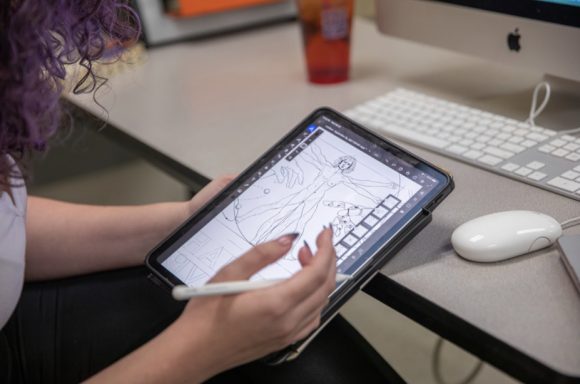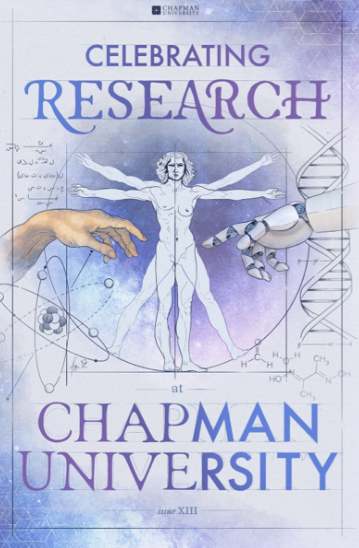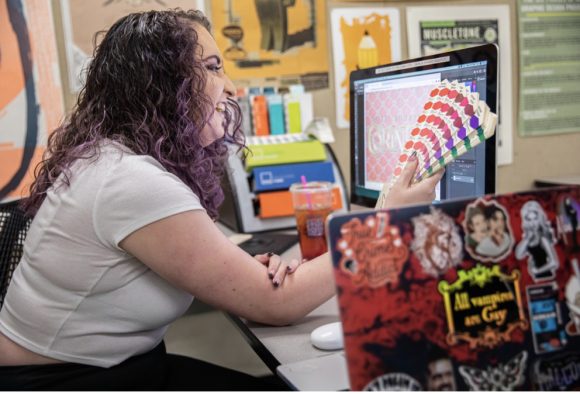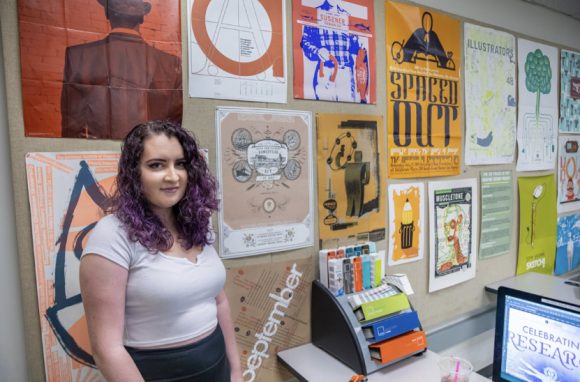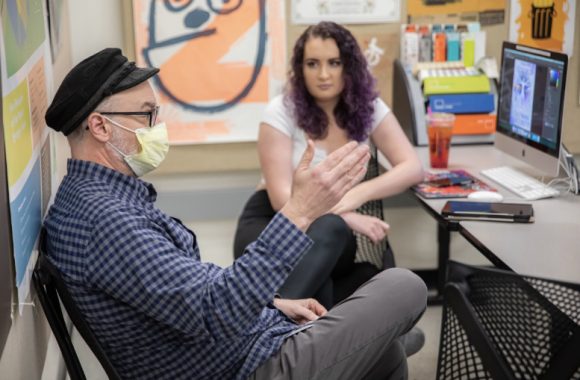Published Jun 13, 2022 10:00 AM
Monitors for graphic design have some very specific requirements beyond the typical displays found in homes and offices. Graphic designers frequently work in fine detail, so sharpness and clarity are critical. Text components and fine line work should be crisp and easy to see, or you’re just asking for a headache. Color accuracy is also crucial in graphic design. Displays need to accurately depict tones and offer advanced color management because inconsistencies could cost big money in professional settings. You don’t want to wrap up their design and get printed materials made only to see that the colors don’t match the customer’s branding. The best monitors for graphic design will ensure your work meets the needs of even the most demanding clients.
Things to consider before buying a monitors for graphic design
As with any monitor or technical device decision, there are lots of different specs and terms thrown around. It can be very confusing to wade through what matters and what doesn’t. To simplify things, when it comes to graphic design, three features are most important: screen size, resolution, and color accuracy. Things like refresh and response rate aren’t relevant to graphic design, so you don’t need to worry about those.
Screen size
Screen size will have a big (no pun intended) impact on your workflow. While you can absolutely work in design programs on laptop screens or small external monitors, creating on a larger display can make your work more efficient and comfortable. A large monitor will allow you to see more at once, so you can scroll around less. It makes it easier to compare things when you need to because you can fit multiple canvases on a single screen. And, you won’t have to squint and crane your neck forward when working with small details.
For most graphic designers, a screen between 27 and 32 inches will be perfect. But, if you like to multitask with multiple windows open at once, or want a more immersive experience, something around 40 inches may be better. Those huge displays offer lots of screen real estate without having to worry about perfectly color matching multiple displays.
Resolution
Resolution is another essential spec to pay attention to, especially for designers and photographers. Many will say that you absolutely need a 4K monitor for graphic design, but that isn’t necessarily the case. 4K displays do provide some advantages. The detail is exceptional, which can be helpful for certain types of design work. All those pixels come in handy for displaying large versions of your work with room enough for your editing program’s tools and palettes. But, these high-res displays can also get very expensive and may be out of reach for many.
For some types of design, or someone just starting out, 4K may be overkill. Instead, a resolution of at least 2560 by 1440 will give you a good balance between quality and price. That said, if you can afford a 4K–or higher–monitor, go

 “Banana Ketchup Packaging” by Stephanie Marx.
“Banana Ketchup Packaging” by Stephanie Marx.
 Cover redesign of George Saunder’s “The Brief and Frightening Reign of Phil” by Sekoyah McGlorn.
Cover redesign of George Saunder’s “The Brief and Frightening Reign of Phil” by Sekoyah McGlorn. 